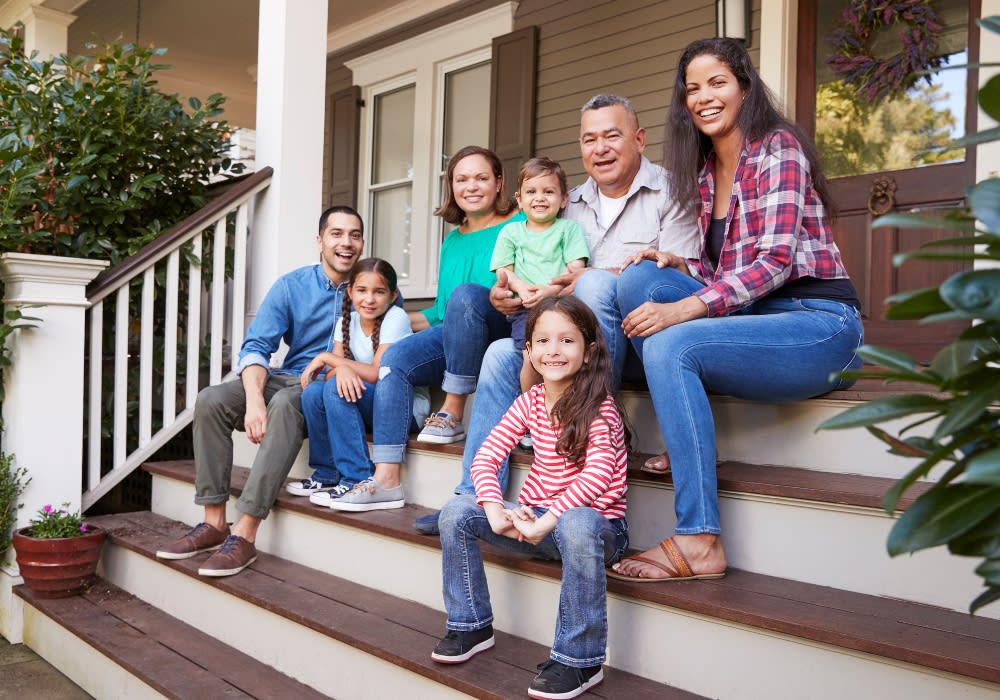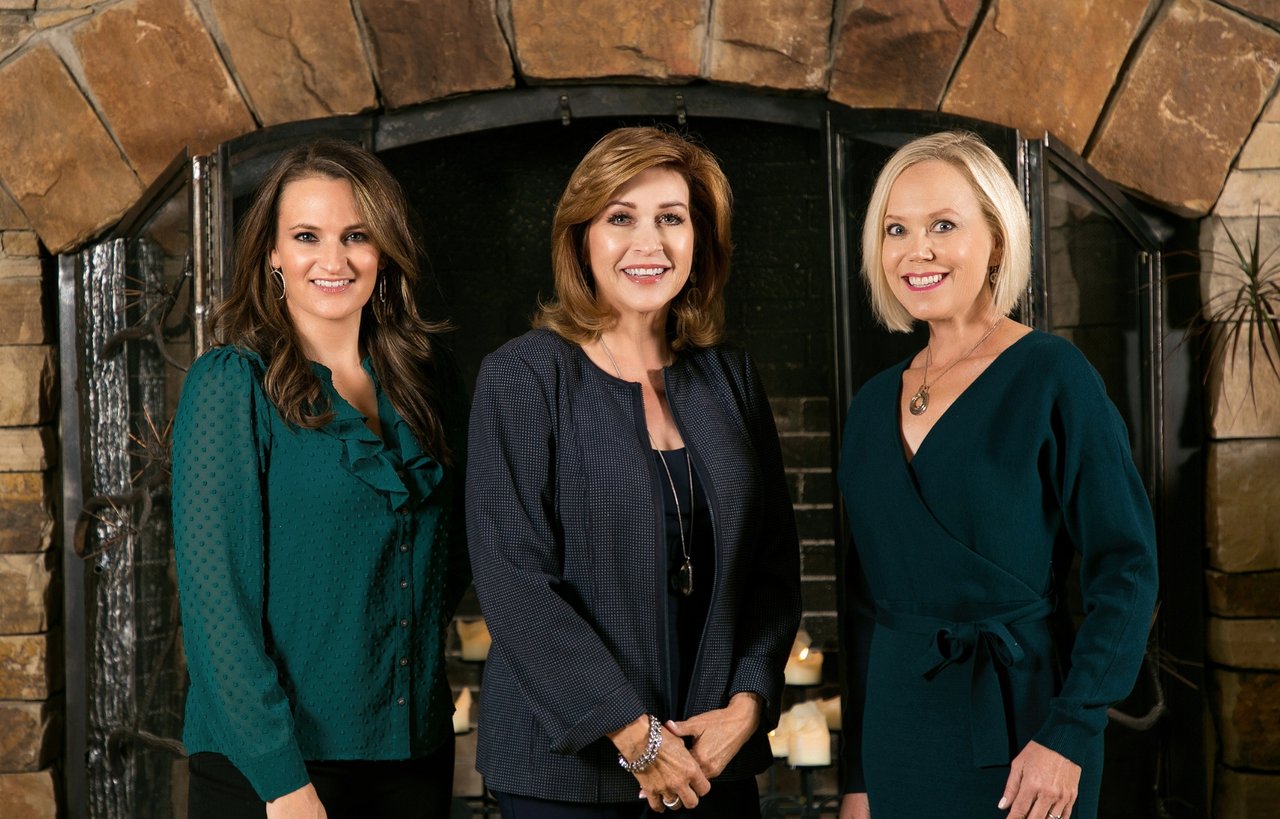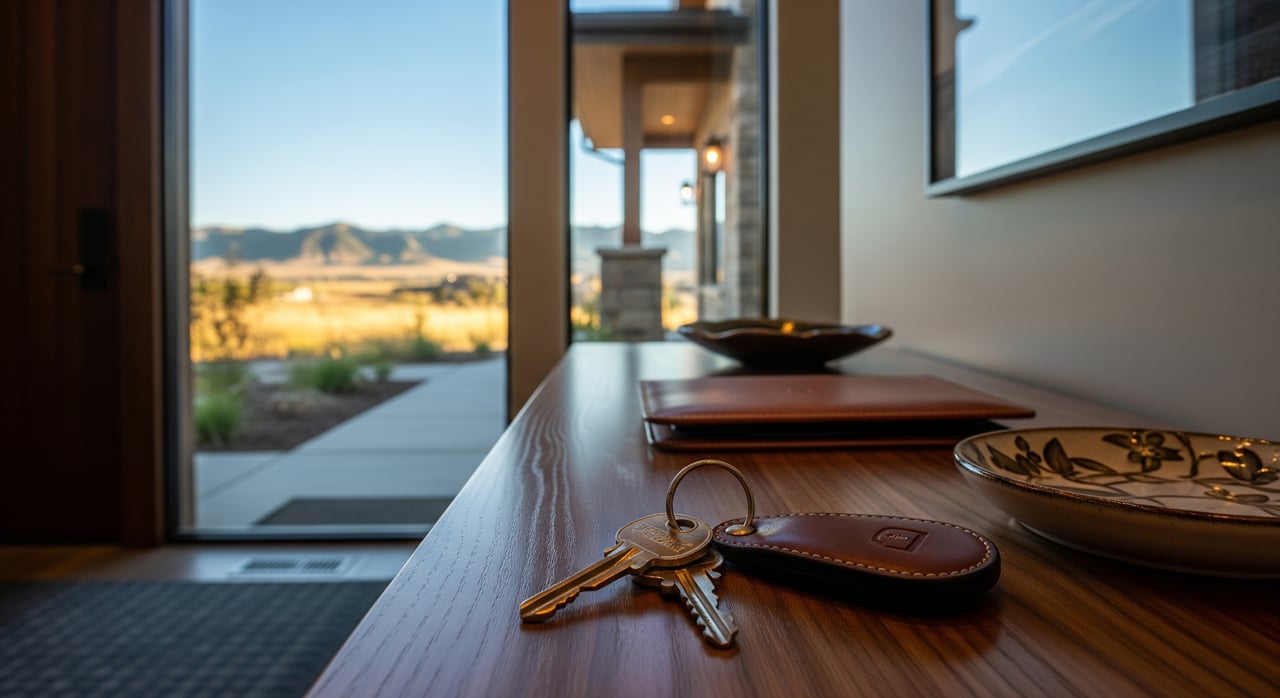Whether it's your adult child moving back in after college or your elderly parents joining your household, preparing your home for this dynamic can be just as crucial as navigating it. In this beginner's guide, we'll provide you with tips and strategies not only for understanding multi-generational living but also for preparing your home to accommodate multiple generations under one roof.
Embracing Diversity Under One Roof
Multi-generational living, often referred to as extended family living, involves sharing a home with multiple generations under one roof. This can include parents, grandparents, adult children, and even extended family members. While this living arrangement may be born out of necessity, it offers unique opportunities for bonding, support, and shared experiences.
Strength in Unity
One of the key advantages of multi-generational living is the opportunity for enhanced family support. Whether it's sharing household expenses, childcare responsibilities, or caregiving for elderly family members, having multiple generations under one roof can lighten the load for everyone involved. Additionally, it fosters stronger family bonds and creates a sense of belonging and security for all family members.
Navigating Potential Obstacles
While multi-generational living offers numerous benefits, it also comes with its fair share of challenges. Differences in lifestyle, communication styles, and personal boundaries can sometimes lead to conflicts and tensions within the household. It's essential to address these challenges proactively and establish clear expectations and boundaries to maintain harmony in the home.
Setting the Stage for Success
Before welcoming multiple generations into your home, it's essential to assess your living space and make any necessary adjustments to ensure everyone's comfort and well-being.
Accommodating Different Needs:
Consider the specific needs of each generation living in your home. For elderly family members, you may need to make modifications such as installing grab bars in bathrooms or ramps for easy access. Likewise, adult children may require their own space for privacy and independence. Flexibility in your home's layout and design can help accommodate these diverse needs.
Creating Shared Spaces:
Designate areas within your home where family members can come together to spend quality time. Whether it's a cozy living room for movie nights or a spacious kitchen for family dinners, creating shared spaces fosters bonding and connection among family members. Be sure to consider the interests and preferences of all generations when designing these communal areas.
Establishing Privacy:
While shared spaces are essential for fostering family togetherness, it's equally important to respect each family member's need for privacy. Consider incorporating separate living areas or private bedrooms to provide everyone with their own space to unwind and recharge. This ensures that each generation has a sense of autonomy and independence within the household.
Safety First:
Prioritize safety measures throughout your home, especially if you have young children or elderly family members living with you. Install safety gates, secure loose rugs, and remove tripping hazards to prevent accidents. Additionally, ensure that your home is equipped with smoke detectors, carbon monoxide alarms, and other essential safety features to protect everyone living under your roof.
Open Communication:
Maintain open communication with all family members throughout the preparation process. Encourage everyone to share their thoughts, concerns, and preferences regarding the living arrangements. By involving everyone in the decision-making process, you can ensure that your home is tailored to meet the needs of all generations living within it.
Consider Home Updates for Functionality:
To further enhance your home's functionality for multi-generational living, consider making strategic updates or additions. Building an Accessory Dwelling Unit (ADU) on your property provides a separate living space for adult children or elderly parents while still allowing for privacy and independence. Alternatively, adding a mother-in-law suite above a detached garage or updating a secondary living room or family room to include a wet bar or second kitchen area can offer convenience and flexibility for all family members.
Other Modifications to Consider:
- Installing a stairlift or elevator to facilitate mobility for elderly family members.
- Creating a bedroom or living space on the ground floor for easy accessibility.
- Incorporating smart home technology to enhance safety and convenience, such as automated lighting and security systems.
- Designing a multi-functional home office or study area that can be utilized by family members of all ages.
- Adding outdoor amenities such as a patio or garden space to increase living space “square footage” and provide relaxation and recreation.
In conclusion, preparing your home for multi-generational living requires careful consideration and planning. By accommodating different needs, creating shared spaces, establishing privacy, prioritizing safety, and maintaining open communication, you can create a welcoming environment where multiple generations can thrive together. Embrace the diversity within your household and cherish the opportunity to strengthen family bonds through shared experiences and mutual support.





